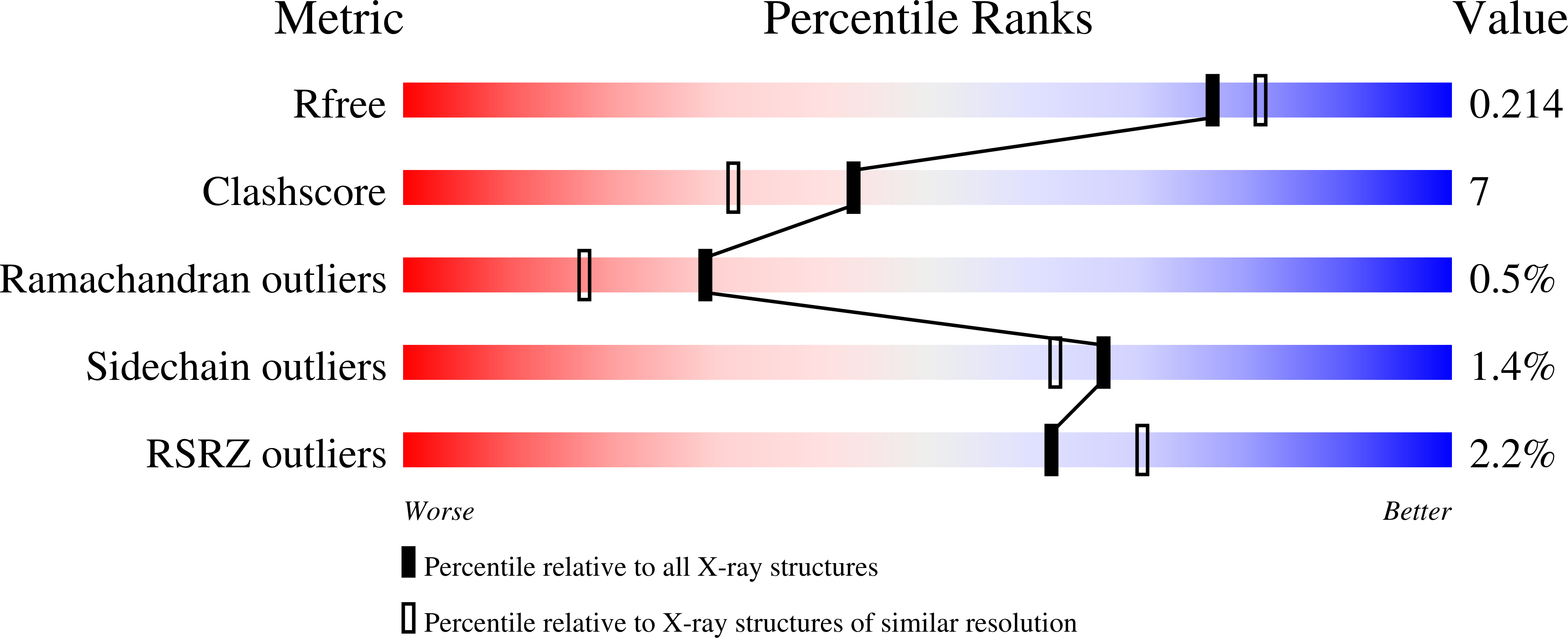
Deposition Date
2024-04-30
Release Date
2024-08-28
Last Version Date
2025-01-15
Entry Detail
PDB ID:
9F5Q
Keywords:
Title:
Crystal structure of selenomethionine-labelled kinetoplastid kinetochore protein KKT23 acetyltransferase domain from Trypanosoma brucei
Biological Source:
Source Organism:
Trypanosoma brucei brucei TREU927 (Taxon ID: 185431)
Host Organism:
Method Details:
Experimental Method:
Resolution:
1.95 Å
R-Value Free:
0.22
R-Value Work:
0.19
R-Value Observed:
0.19
Space Group:
P 1


